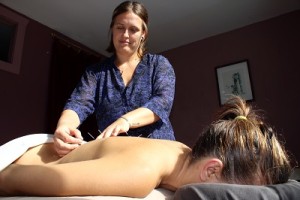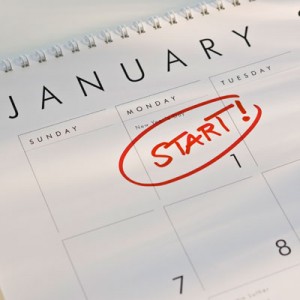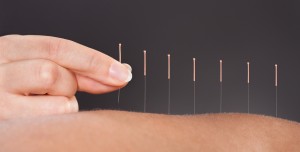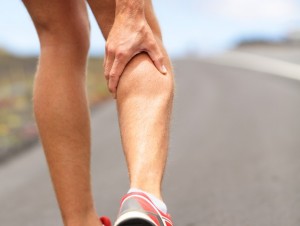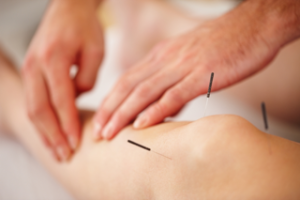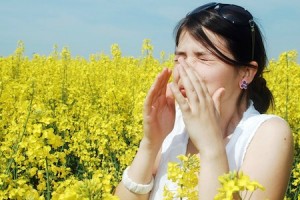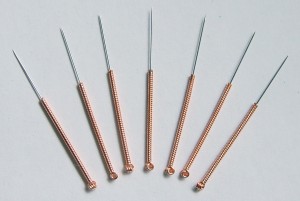 Written By Sara Calabro founder of AcuTake.
Written By Sara Calabro founder of AcuTake.
Curious about acupuncture but afraid of needles? Here are some things your acupuncturist wants you to know!
Most people, when they hear about the benefits of acupuncture, find themselves thinking, “That would be so good for me!” Less stress, more energy, better sleep and digestion… Who doesn’t want that?
But for many people, there’s one thing that holds them back from enjoying the benefits of acupuncture: Fear of needles.
There’s a spectrum of needle fears, ranging from downright needle phobic to being moderately concerned about the whole voluntarily-being-stuck-with-needles thing. Regardless, fear of needles is the number-one reason people choose to forego acupuncture.
5 things to remember if you’re scared of getting acupuncture
Acupuncturists get asked about the tool they wield all the time. Here’s what they tell people who say they’d love to try acupuncture but haven’t because they’re scared of needles.
They’re nothing like the needles you know.
“Needle apprehension is very common and natural, considering that we have been conditioned to associate needles with pain—think dentists, blood draws, and IVs,” says acupuncturist Kathryn Peak. “But acupuncture needles are hair-thin and nothing like the needles we are accustomed to in a medical setting.”
“Acupuncture is the most gentle form of needling possible,” adds acupuncturist David Bonilla. “If acupuncture was anything like getting a shot, I wouldn’t be in business!”
Most people who have never had acupuncture do not realize how thin acupuncture needles are. They bend when you touch them. For an up-close look at an acupuncture needle, check out this article.
You’re in control.
People commonly assume that they cannot move once the acupuncture needles are in place. That they need to lie there stiff as a board lest they endure excruciating pain or damage their insides. Understandably, this leads to a lot of anxiety and out-of-control feelings.
But it’s not true. A good acupuncturist will go at whatever pace you’re comfortable with. If you want to start with only a few needles and not keep them in very long, tell your acupuncturist that. If you want to pull out a needle that’s bothering you, go for it. If you get push back on this, find a new acupuncturist.
“I tell my patients that we can go as slow as they want so that they feel like they are part of the experience,” says acupuncturist Po-Hong Yu. “Acupuncture is not about something happening to you. You have a voice.”
One thing you can ask for is that your acupuncturist avoid acupuncture points in your arms.
Acupuncturist Kerry Jenni, a self-described needle phobe who realized after becoming an acupuncturist that acupuncture needles are nothing like the ones she’s scared of, says that keeping her arms free during her early days of receiving acupuncture was helpful.
“Moving during acupuncture is a weird sensation,” says Jenni. “With your arms free, you can be more in control.”
Acupuncturist Christina Morris makes sure that her fearful patients remain at ease once the needles are in. “I leave the patient with a pager so that they can alert me if they’re feeling overwhelmed when I’m outside the room.”
It’s not all about needles.
“If the needles really freak you out, there are other modalities that acupuncturists can use,” says acupuncturist Paola Acuna.
Acupuncturists are trained in several healing techniques, and only one of them uses needles. There’s acupressure, cupping, gua sha, moxibustion, ear seeds, qigong, herbs, among others. None of these things involve needles.
So, what do you say? Maybe 2016 is the year you overcome your fears and try acupuncture. Here are 16 reasons to go for it.
For the complete article by Sara Calabro click here.

